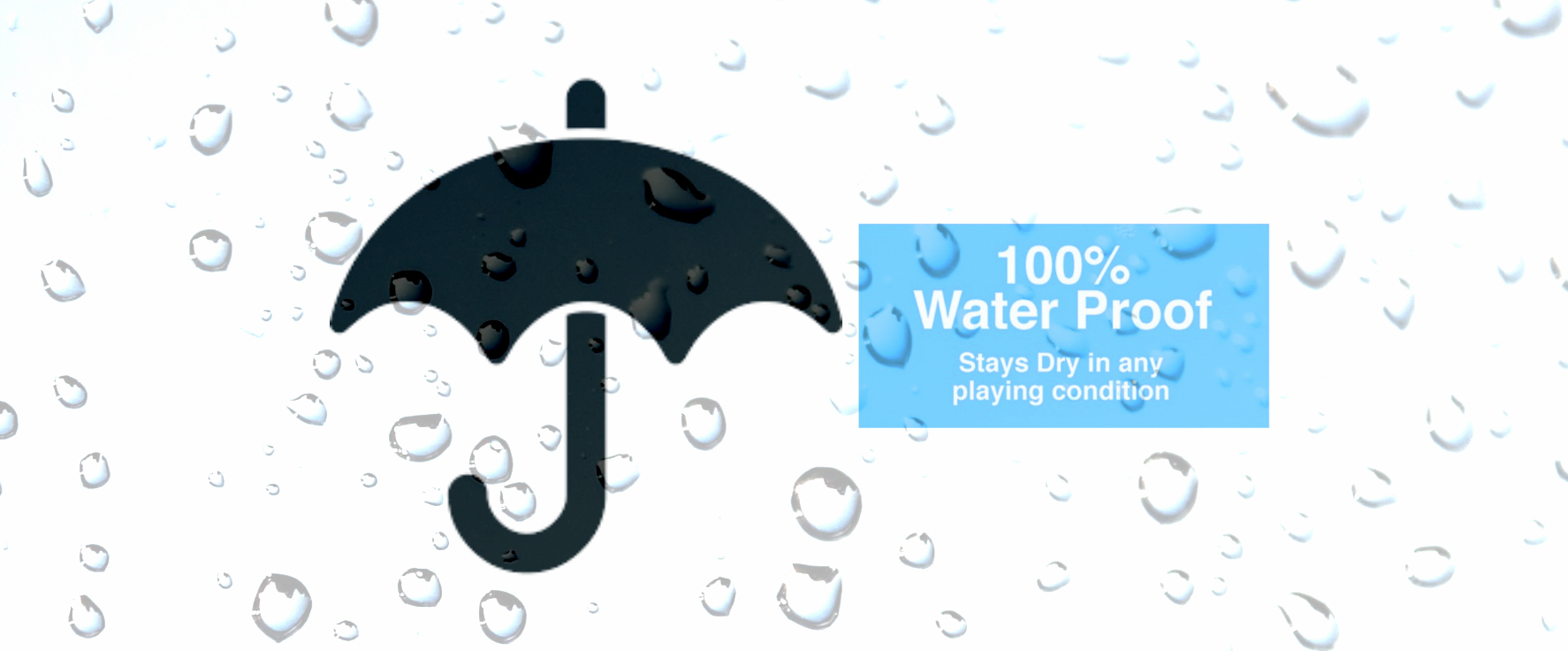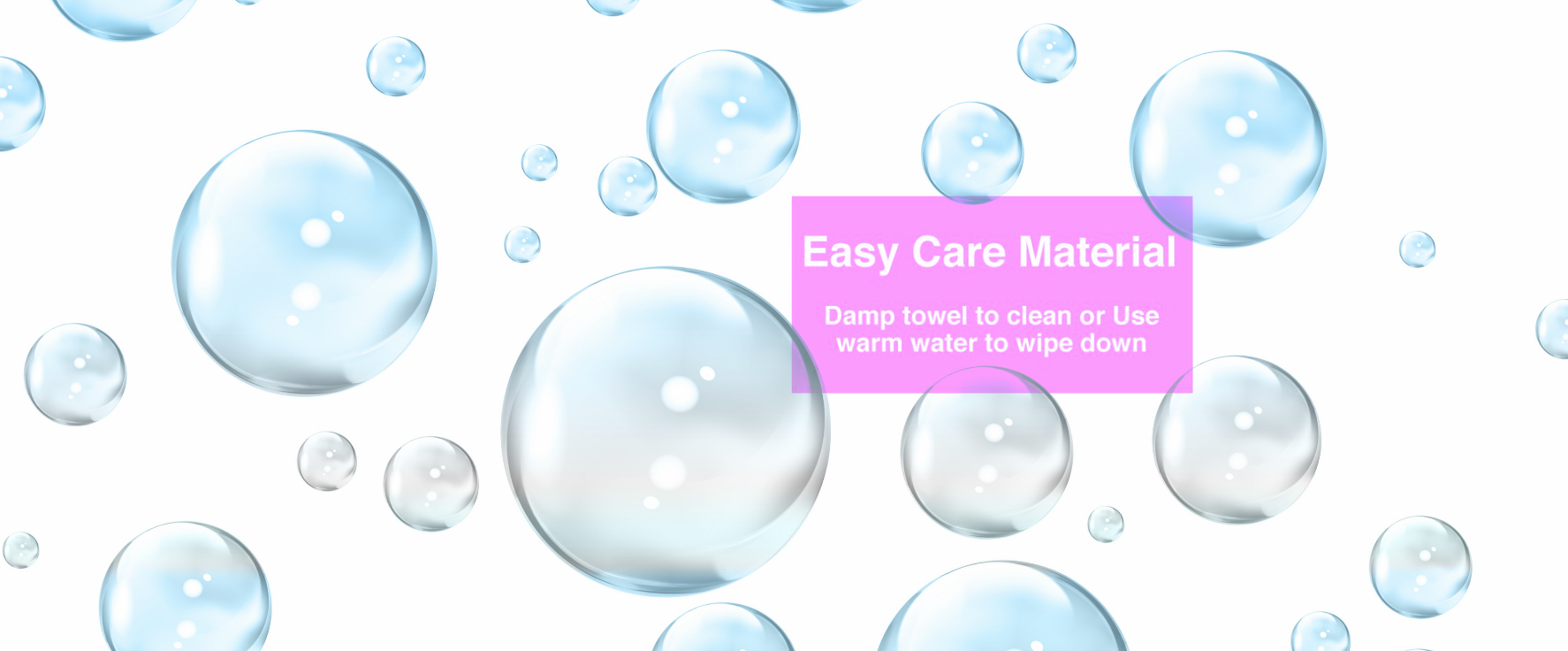The deciding factor is the adoption of new materials and elaborate experimental investigation.
What we found in the process of research is that rubber, which has been used as a standard material for grips, has a limit to cover torque problems as well. So we focused on elastomer (resin).
However, although the resin certainly had the effect of suppressing the torque exceeding the rubber, we realized that we can not expect the ideal effect with the existing resin material to realize the functional quality that we aim for. Therefore, we jointly developed with plastic material manufacturers and started to develop new materials.
And, it was born, a new material developed for golf grips: "IOMAX".
Until now, we have never done detailed investigation on the influence of grip torque in the industry, so we also developed proprietary equipment to measure it. In our own "Grip Torque Measuring Instrument" experiment, we prepared a stainless steel bar with Iomic's Iomax grip and another company's rubber grip, respectively. By fixing these to the instruments and applying artificial weighting which recreates the moment of impact, we measured the difference in torque value that appears there.
As a result, it was found that the grip torque generated by other company's rubber grip is about 0.4 ~ 0.7 mm, while the iomic product stays at 0.2 ~ 0.3 mm.
Assuming that these torques were created by opening the club face to the right during impact, the distance to push out at 250 yards will be 14.9 yds for other companies' products, while the Iomic product will remain at 8.9 yds.
This is a computational prediction, so during the actual swing, more side spin will be added to the ball, and the push out to the right will be even pronounced. Of course, we also worked on collecting dynamic data based on that.
The difference that appeared at off center hits...
For the experiment, we used a swing robot and an ultrahigh-speed camera that accurately reproduces the player's swing. The machine swings under exactly the same parameters with the competitive company's grip and Iomic products mounted on the same head and shaft. We can then compare and contrast the movement of the club head that occurs at that impact.
Although there was no major difference between the two at the center impact, at the off center hit (towards the toe), the grip torque from the competitive company's products exceeds the Iomic product at the moment of impact. This means that the grip is torquing in your hands at a higher rate, resulting in a dramatic loss of control and accuracy.
The trajectory data of balls thus launched are analyzed by ballistic analysis software.
Experiments and calculations by our own "Grip Torque Measuring Instrument" showed that the grip torque of the Iomic product was expected to cause a push-out of 8.9 yds, but in this experiment, which again reproduced the actual swing, the side spin affected the accuracy by 17.3 yds, due to natural side spin for the off center hit. However, it turned out that the push-out of other company's products was 30 yds.
In other words, there will be almost twice the predicted distance between them. We also found that these differences become much more noticeable during off center hits.The Iomax material of Iomic products is able to greater reduce the torque and derive a stable trajectory even on off center hits compared to conventional rubber and similar materials.
If the golfer seeks a more accurate and stable trajectory ... ... It has been demonstrated here that grip selection is just as important an element to consider alongside the head and shaft.







